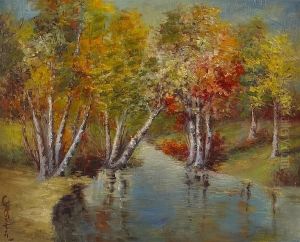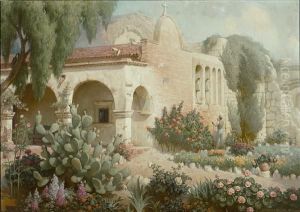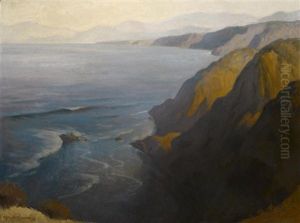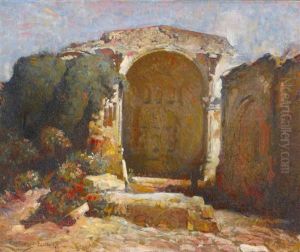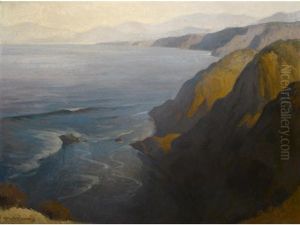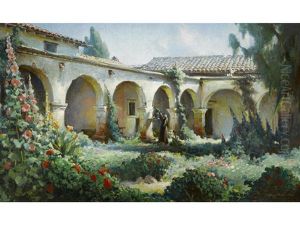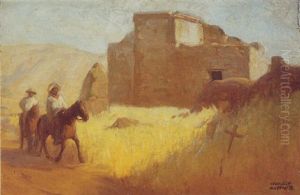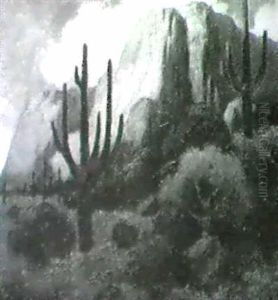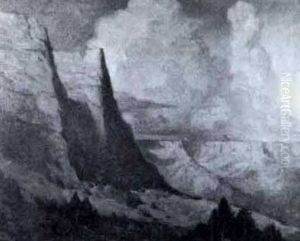Charles Percy Austin Paintings
Charles Percy Austin was an English landscape and portrait painter whose work captured the essence of the British countryside as well as figures from various walks of life during the early 20th century. Born in 1883, Austin's talent for painting emerged at a young age, leading him to pursue formal education in the arts. His studies allowed him to develop a distinctive style that combined elements of realism and impressionism, making his work highly recognizable and appreciated for its technical skill and emotional depth.
Throughout his career, Austin exhibited a deep appreciation for the natural landscape, often choosing to depict serene pastoral scenes, bustling market towns, and the rugged beauty of the British coastline. His landscapes are noted for their vibrant color palette, meticulous attention to detail, and ability to evoke a sense of place and time that transports viewers to the scene being depicted. In addition to landscapes, Austin also excelled in portraiture, capturing the likeness and personality of his subjects with sensitivity and insight. His portraits range from formal commissioned works of notable individuals to more intimate studies of everyday people, each demonstrating his skill in using light and shadow to create depth and character.
Austin's contributions to the art world were recognized during his lifetime, and he was actively involved in the art community, participating in exhibitions and being a member of various art societies. Despite the changing art movements of the 20th century, Austin remained true to his style, eschewing the abstract trends that became popular among his contemporaries in favor of continuing to explore the themes of nature and humanity that had always inspired him.
Charles Percy Austin's legacy is that of a dedicated artist who captured the beauty and complexity of the world around him. His paintings continue to be admired for their technical excellence and emotional resonance, offering a window into the landscapes and people of early 20th century Britain. Austin passed away in 1948, leaving behind a body of work that continues to be celebrated for its contribution to British art history.
